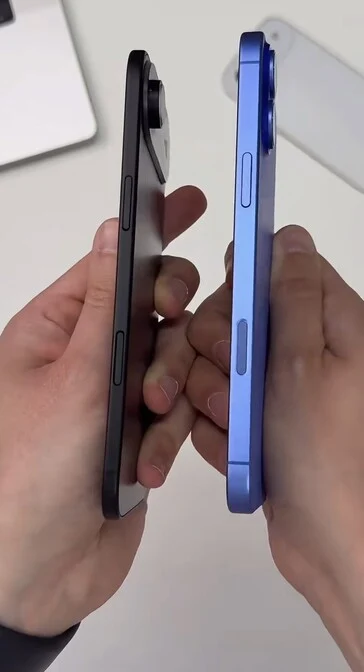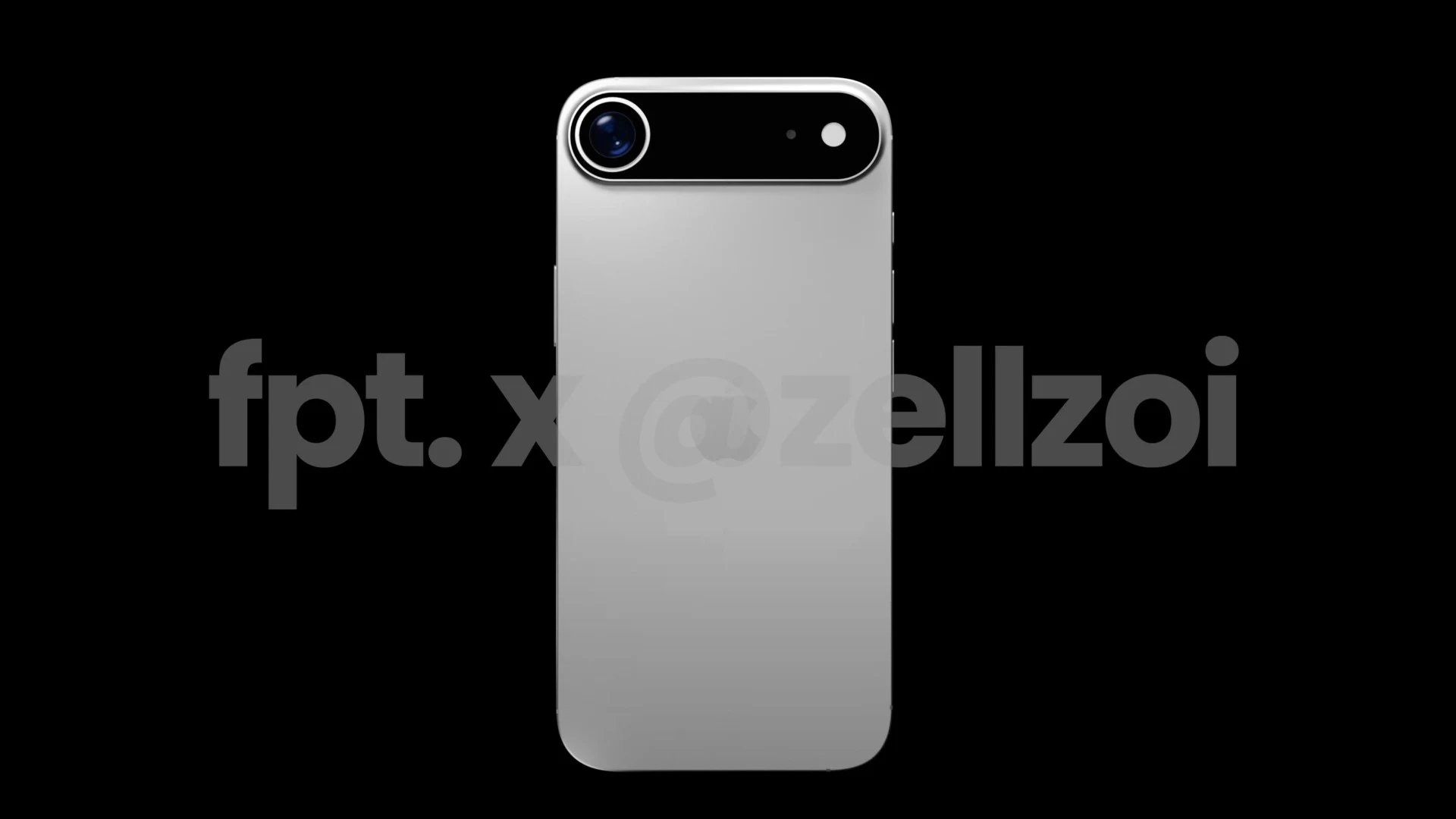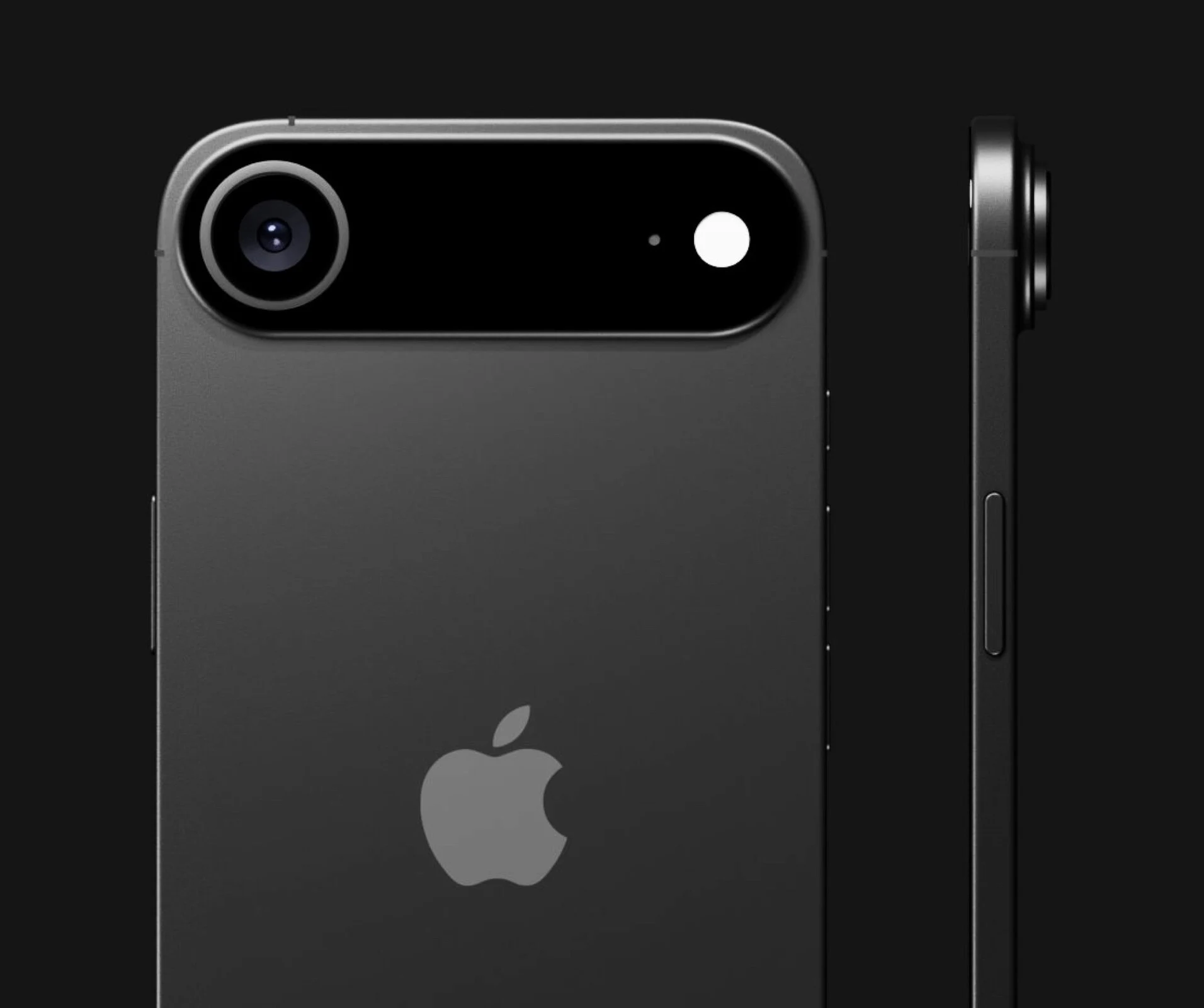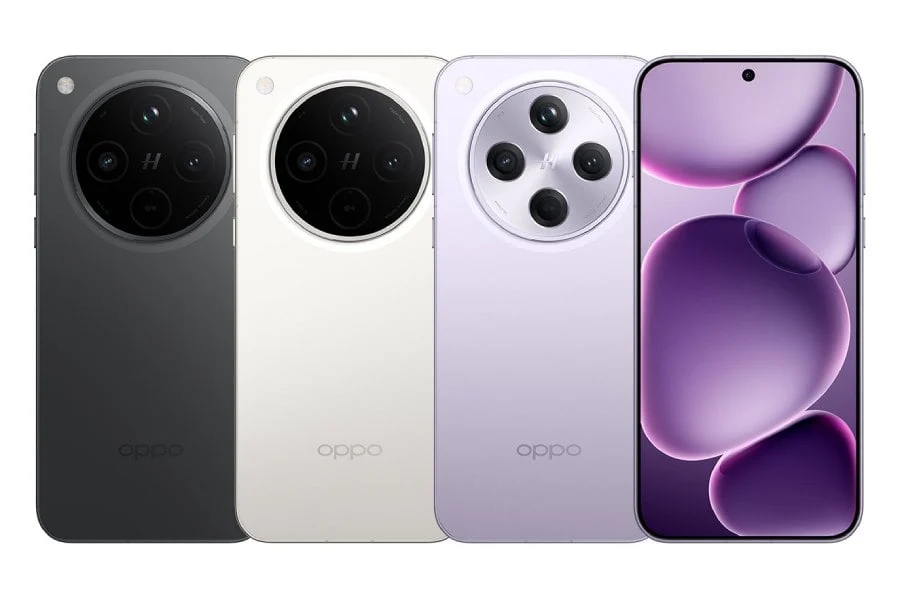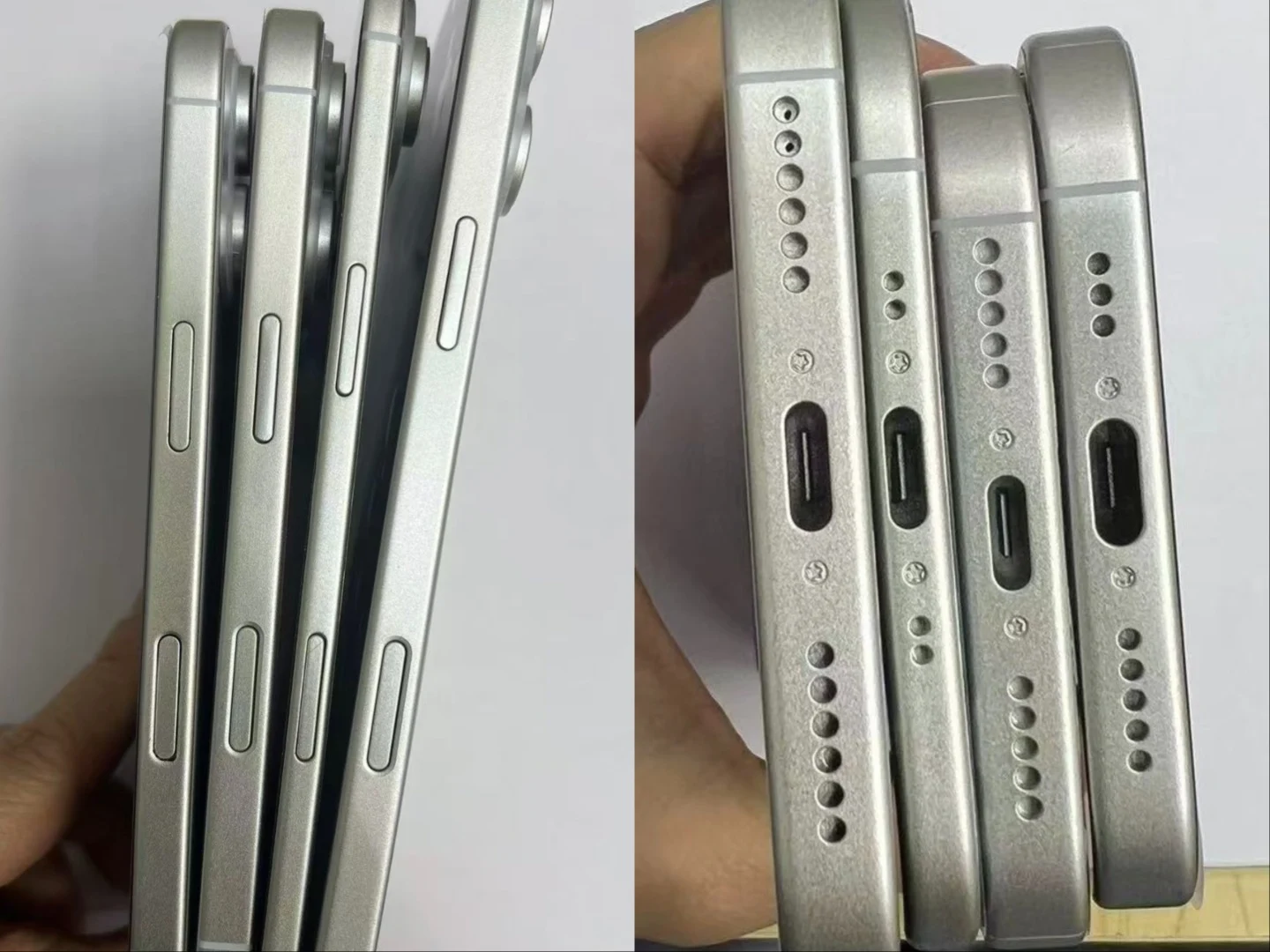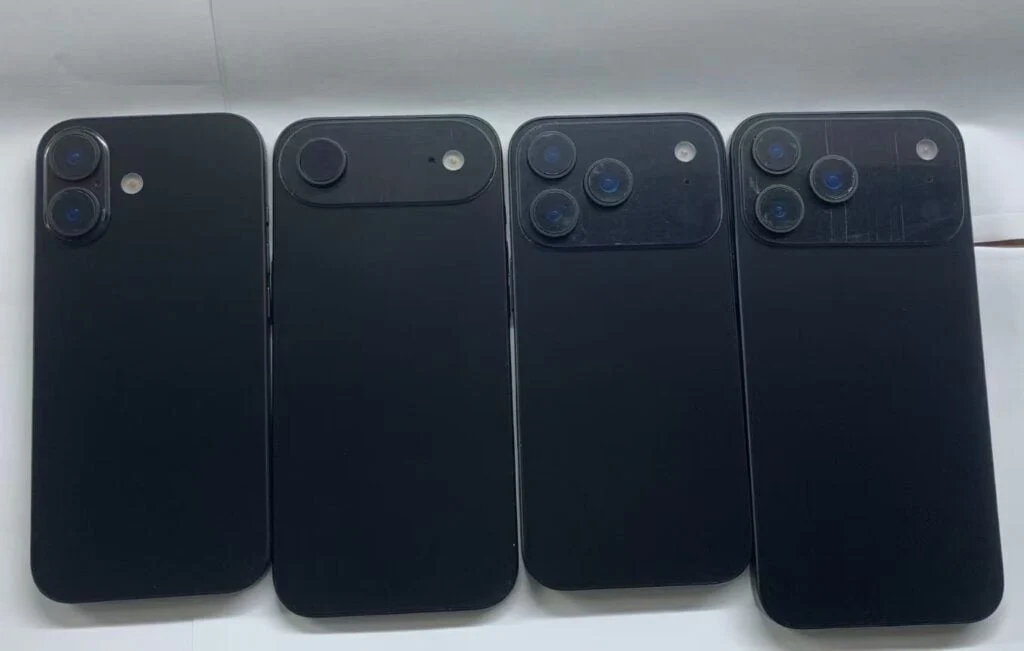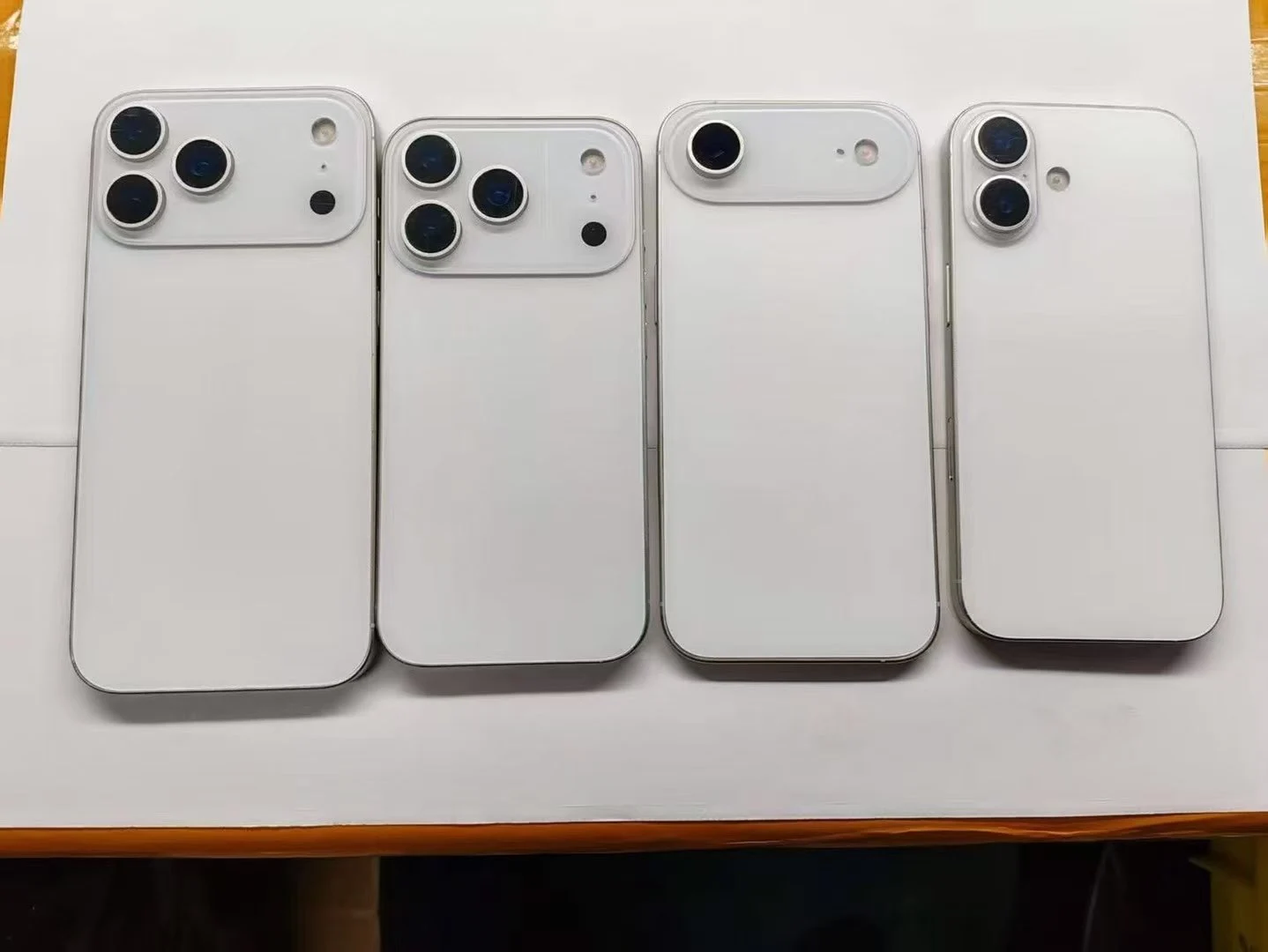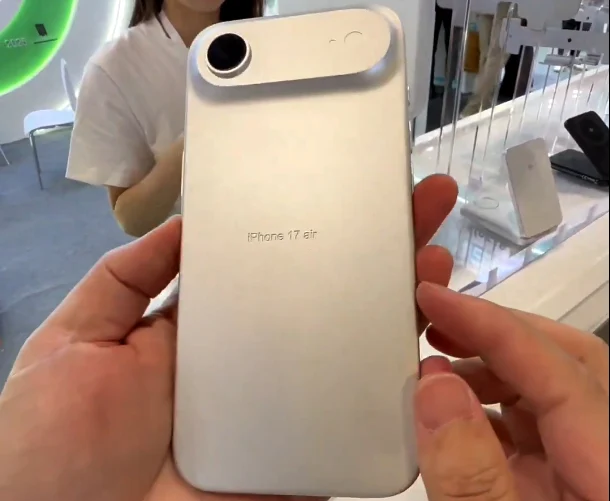Key Takeaways
1. The iPhone 17 Air is set to launch this fall as a successor to the iPhone 16 Plus, competing with the Samsung Galaxy S25 Edge priced at $1,099.99.
2. It will use a lightweight 7000 series aluminum alloy and silicon-carbon battery technology, making it 10% lighter than the Galaxy S25 Edge at 146 g.
3. The iPhone 17 Air is expected to have a battery capacity of around 3,000 mAh, which is 16% lower than the iPhone 16 Pro.
4. Key specifications include a 48 MP main camera, a 24 MP front camera, an Apple A19 SoC, and 8 GB of RAM with a 5G modem.
5. More details about features and advancements are anticipated to be revealed as the release date approaches.
The iPhone 17 Air is anticipated to debut this fall, aiming to compete with Samsung’s newly released Galaxy S25 Edge (currently priced at $1,099.99 on Amazon). It will serve as the successor to the iPhone 16 Plus, which will not have a direct replacement from Apple. Although the iPhone 17 Air is still a few months away from its official launch, leaker Majin Bu has already shared several important specifications about the upcoming device.
Design and Weight
Sources suggest that Apple has chosen a 7000 series aluminum alloy along with silicon-carbon battery technology to keep the weight low, unlike Samsung’s approach. Consequently, the iPhone 17 Air is reportedly going to weigh 146 g, making it only 17 g heavier than the iPhone 6, all while boasting a considerably larger screen. This weight means the iPhone 17 Air would be about 10% lighter than the Galaxy S25 Edge.
Battery Life Concerns
Sadly, it seems Apple will include a battery capacity of approximately 3,000 mAh. If this is true, then the iPhone 17 Air will have a 16% lower capacity compared to the iPhone 16 Pro, despite having a similar 120 Hz ProMotion AMOLED display. At the moment, it appears that the iPhone 17 Air will come equipped with a 48 MP main camera and a 24 MP front camera, powered by an Apple A19 SoC and 8 GB of RAM, which includes their own 5G modem to enhance battery efficiency.
Upcoming Features
Majin Bu has provided insight into the features that users can expect, although more details may emerge as the release date approaches. This new model is poised to bring notable advancements compared to its predecessors, and many are eager to see how it stacks up against the competition.
Source:
Link



